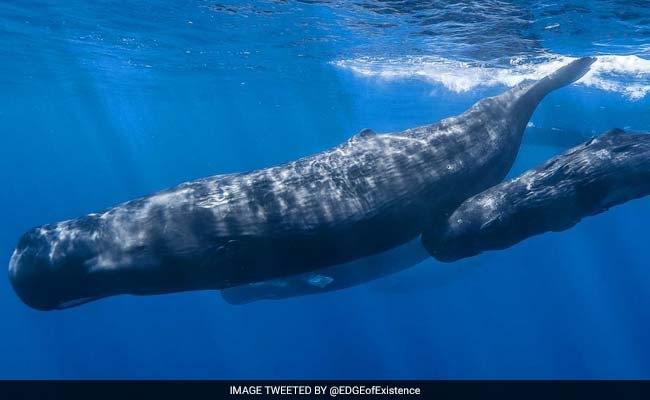An interdisciplinary team of scientists has worked in collaboration to understand the communication between sperm whales.
The scene from “Finding Nemo” now has the potential of becoming real.
The mission is being called Project CETI (Cetacean Translation Initiative), and its objective will be to make use of artificial intelligence so they can understand the language of whales, according to Hakai Magazine. Particularly, the team aims to work on the clicking sound given off by the sperm whales that is called “codas.”
The mechanism will involve using natural language processing (NLP), a sub-field of AI that is focused on processing written and spoken language. The team has already tested sperm whale coda recordings in an NLP algorithm and it has given optimistic results.

“They seemed to be working very well, at least with some relatively simple tasks,” Michael Bronstein, the lead of machine learning for Project CETI, said about the codas to Hakai.
The biggest resource to be successful in the project will be that of the abundance of data.
Project CETI’s first milestone is to collect four billion sperm whale codas. The team currently plans to build off existing research by the Dominica Sperm Whale Project, which has collected less than 100,000 codas. For comparison, GPT-3 — the well-known deep-learning predictive language model — was trained using roughly 175 billion words, according to Hakai.

This will, in turn, require years of research on the whale communities to develop and attach a context to the data collected.
Once successful, it is highly likely that the language “whale” will be developed.
“If we discover that there is an entire civilization basically under our nose — maybe it will result in some shift in the way that we treat our environment,” Bronstein No Hakai. “And maybe it will result in more respect for the living world.”


